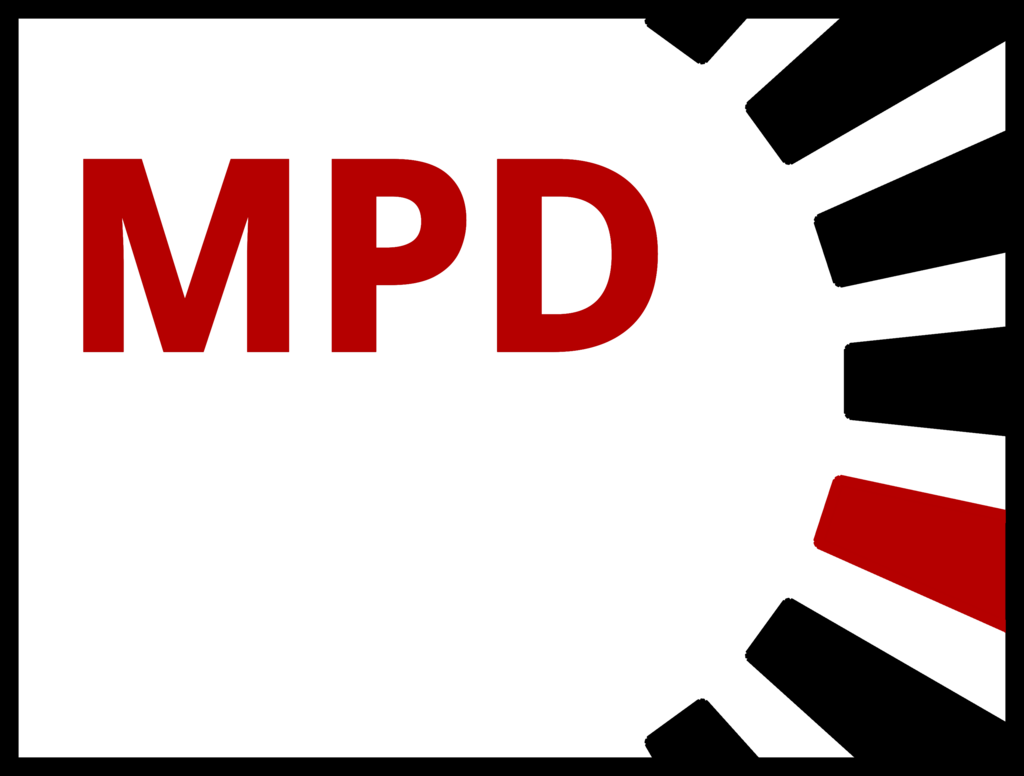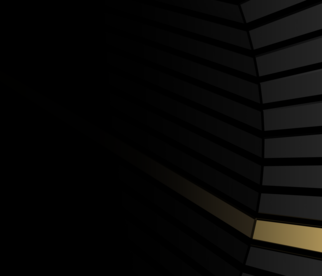
Multipole Dynamics
Home > Software

MaxiSlicer
We are currently developing a fully new Multi-axis Slicer (MaxiSlicer) built from the ground up to run 5-axis printers. The main goal for the slicer is to bring 5-axis printing to everyday people. Specifically, the main goals are:
Check out our YouTube channel for updates on the capabilities of MaxiSlicer. We release new material whenever new functionality becomes operational.
Benefits - What will MaxiSlicer make possible?
1. Strength: